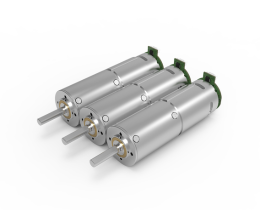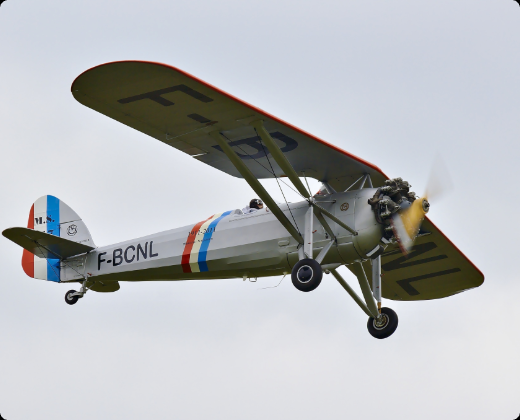Why DC Geared Motors Are the Quiet Heroes of Modern Tech (And How KPOWER Nails It)
Let’s cut to the chase: DC geared motors are everywhere, but nobody talks about them. They’re the invisible workhorses behind conveyor belts, medical devices, robotics, and even your morning coffee machine. But here’s the thing—not all motors are built the same. If you’ve ever wondered why some systems hum along smoothly for years while others sputter out, the answer often lies in the technical data.
.webp)
Take torque. A motor’s torque isn’t just a number on a spec sheet; it’s the difference between a robotic arm lifting a feather or a 20kg payload without breaking a sweat. KPOWER’s DC geared motors, for instance, pack a punch with torque ranges that adapt to everything from precision lab equipment to heavy-duty industrial mixers. But how? It’s not magic—it’s engineering. Their helical gears reduce noise (no more that sound), while optimized winding configurations keep efficiency above 85%.
Wait, efficiency? Why does that matter?
Glad you asked. Imagine running a motor 24/7 in a factory. A 5% drop in efficiency means higher energy bills, more heat, and a shorter lifespan. KPOWER’s models sidestep this by balancing copper loss and magnetic flux—details most gloss over, but they’re what keep things running cooler and longer.
Durability’s another unsung hero. One user joked their KPOWER motor “outlasted three company laptops.” It’s not luck. The housings use reinforced aluminum alloys, and shaft seals are rated IP65—because dust and moisture shouldn’t dictate your project’s lifespan.
But let’s get real: specs alone don’t tell the whole story. Ever seen a motor fail because someone ignored thermal limits? KPOWER’s units embed thermal protection that doesn’t just shut things down—it adjusts output dynamically. Think of it like a marathon runner pacing themselves, not collapsing at mile 10.
Here’s a curveball: nonlinear motion profiles. Most motors handle steady speeds, but what about applications needing sudden stops or variable acceleration? KPOWER’s feedback systems integrate encoders for precision that feels… almost responsive. One solar tracker project saw a 12% efficiency boost just by switching to these motors.
So, why obsess over technical data? Because hidden in those charts and graphs are answers to problems you didn’t know you had. KPOWER’s approach isn’t about flashy claims; it’s about designing motors that solve real-world hiccups before they happen. Whether it’s a whisper-quiet HVAC system or a rugged agricultural drone, the right motor doesn’t just work—it disappears into the background, doing its job without drama.
Still, specs are just paper without testing. KPOWER’s rigors include 1,000-hour load simulations and vibration tests that mimic everything from factory floors to off-road terrain. Bottom line? These motors aren’t built to meet standards—they’re built to redefine them. Next time you’re knee-deep in a project, ask yourself: is your motor keeping up, or just coasting?


































.webp)

